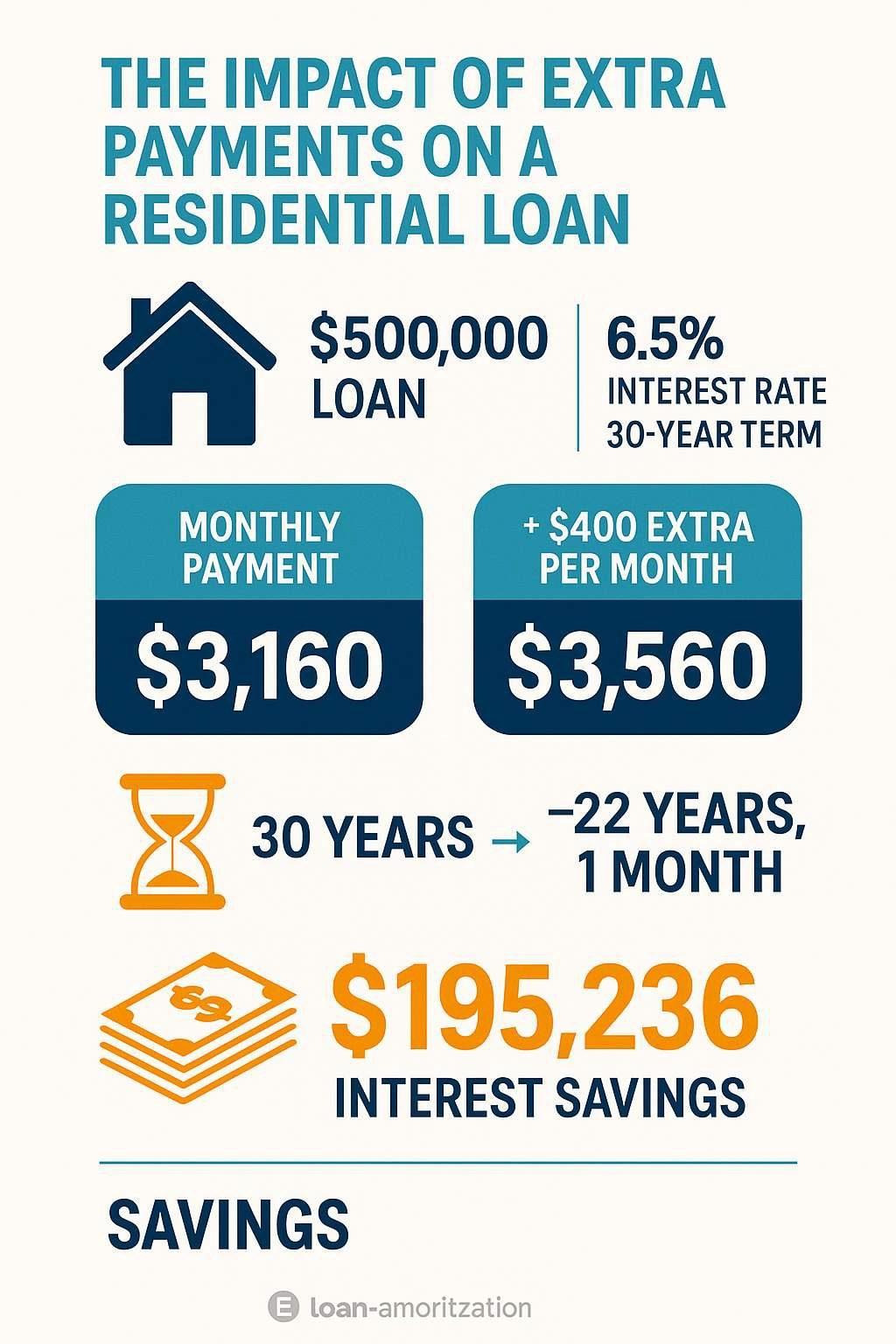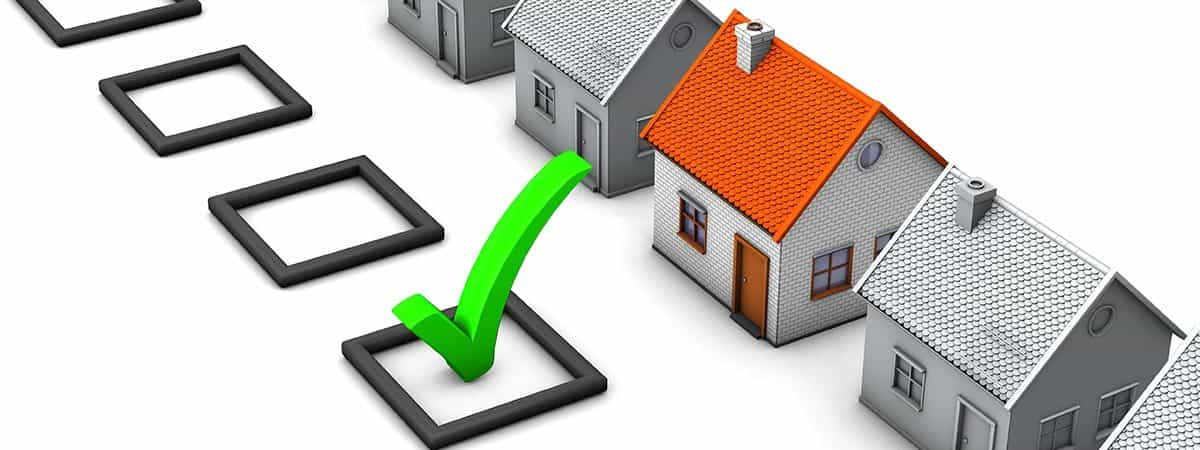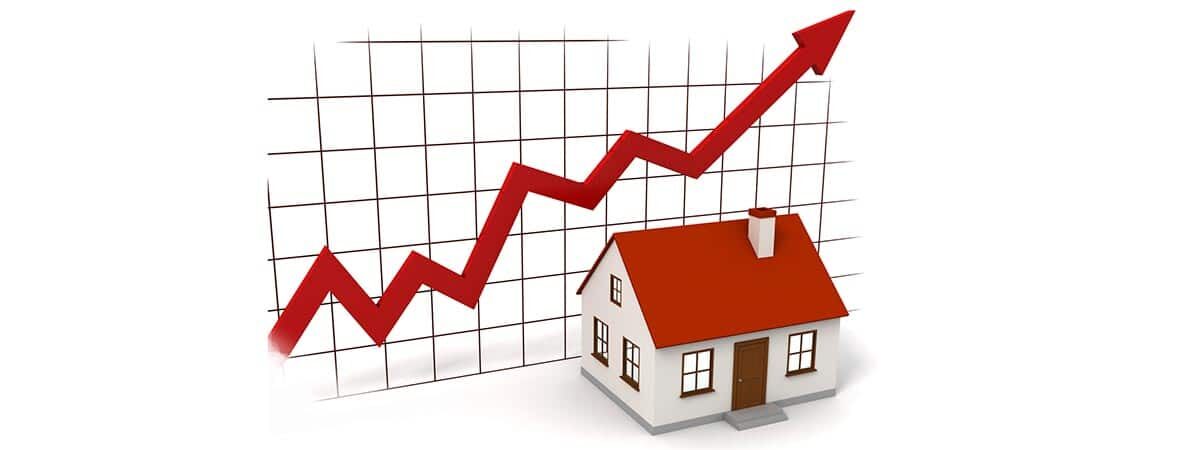When you take out a residential mortgage, one of the most surprising parts of the loan structure is how the interest is applied. At the beginning of the loan, the majority of your monthly payment goes to interest, while only a small portion reduces the principal. As time goes on, this shifts— more of your payment chips away at the loan balance, and less goes to the bank in interest.
This happens because of the way amortization works: interest is calculated each month on your remaining loan balance. Since your balance is largest at the start, your interest charges are highest then. Over time, as you reduce the balance, interest charges shrink, allowing your payments to work harder toward the principal.
Example: $500,000 Loan at 6.5% for 30 Years
Let’s look at a $500,000 loan at a 6.5% fixed annual interest rate, over 30 years (360 months).
- Monthly Payment (Principal + Interest): ≈ $3,160.34
- Total Payments over 30 Years: ≈ $1,137,722
- Total Interest Paid: ≈ $637,722
This means you’re paying more in interest over the life of the loan than the original borrowed amount!
The Shift Over Time
- Month 1: About $2,708 of your payment goes to interest, and only $452 reduces the loan balance.
- Year 15: Your payment might be split closer to $1,800 interest / $1,360 principal.
- Final Year: Almost all of your payment goes to principal, with just a tiny portion left for interest.
This gradual shift is why the loan feels like it takes forever to “make a dent” in the early years.
What Happens if You Add $400 Extra Each Month?
Now let’s see what happens if you pay $400 extra per month toward the principal.
- New Effective Monthly Payment: ≈ $3,560.34
- Loan Payoff Time: ~22 years, 1 month (265 months) instead of 30 years
- Total Interest Paid: ≈ $442,486
That’s a savings of:
- ~95 months (almost 8 years!) off your loan
- ~$195,236 less in interest payments
Key Takeaways
- Front-loaded interest: Banks collect most of their profit in the early years of your mortgage.
- Extra payments have an outsized impact: By adding just $400 a month, you save nearly $200,000 and pay off your home 8 years early.
- Flexibility: Even occasional lump-sum payments can speed up your loan payoff and save on interest.
How Extra Mortgage Payments Save You Thousands
When you take out a residential mortgage, one of the most surprising parts of the loan structure is how the interest is applied. At the beginning of the loan, the majority of your monthly payment goes to interest, while only a small portion reduces the principal. As time goes on, this shifts— more of your payment chips away at the loan balance, and less goes to the bank in interest.
This happens because of the way amortization works: interest is calculated each month on your remaining loan balance. Since your balance is largest at the start, your interest charges are highest then. Over time, as you reduce the balance, interest charges shrink, allowing your payments to work harder toward the principal.
Example: $500,000 Loan at 6.5% for 30 Years
- Monthly Payment (Principal + Interest): ≈ $3,160.34
- Total Payments over 30 Years: ≈ $1,137,722
- Total Interest Paid: ≈ $637,722
This means you’re paying more in interest over the life of the loan than the original borrowed amount!
The Shift Over Time
- Month 1: About $2,708 of your payment goes to interest, and only $452 reduces the loan balance.
- Year 15: Your payment might be split closer to $1,800 interest / $1,360 principal.
- Final Year: Almost all of your payment goes to principal, with just a tiny portion left for interest.
What Happens if You Add $400 Extra Each Month?
- New Effective Monthly Payment: ≈ $3,560.34
- Loan Payoff Time: ~22 years, 1 month (265 months) instead of 30 years
- Total Interest Paid: ≈ $442,486
That’s a savings of:
- ~95 months (almost 8 years!) off your loan
- ~$195,236 less in interest payments







